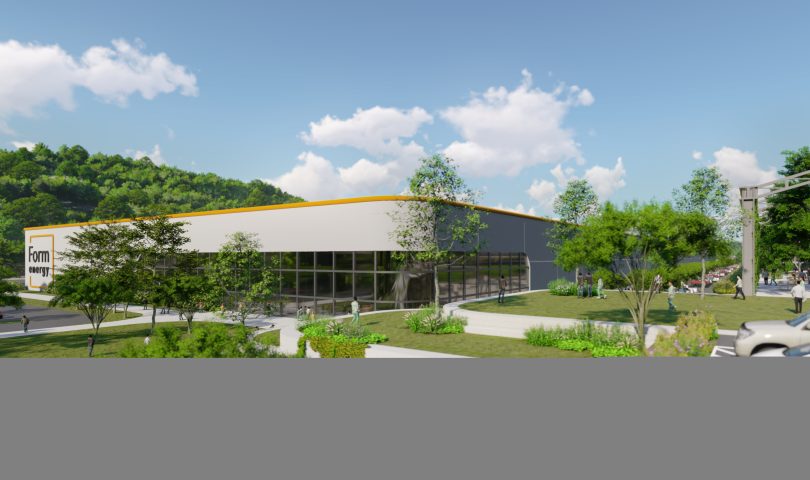MORGANTOWN – Four leaders in advanced energy technologies shared their thoughts and visions with members of the West Virginia Chamber of Commerce at its annual conference at the Greenbrier.
The conference was titled Creating Connections, Building the Future and the panel discussion was called Energy Investment in West Virginia.
Rudy Olson III is director of CONSOL Innovations, a CONSOL Energy offshoot that produces carbon foam made from coal – using coal as an ore instead of fuel and aimed at making carbon products for diverse, sustainable, long-range growth.
CONSOL’s carbon foam, he said, serves four primary areas: building products, batteries, aerospace and the military.
He talked about the idea of “disruptive technology,” – its costs are not quite right, its performance is not quite there, and it serves too small a market. But once it gets a foothold, it can advance, drive down costs and improve performance. “If you can find those small, interesting markets and develop your product, you do stand a chance to improve.”
The future for carbon foam is bright, he said. Over the next century, 2 billion new homes will be needed and there’s just not enough concrete, steel and wood to do that job. But coal reserves exist at a scale to meet the shortfall.
Jonathan Hodson, president of Omnis Building Technologies, said West Virginia is an ideal place for its business, with its abundance of waste products – specifically fly ash and sand. Fly ash is one of the best building materials and can contribute to more sustainable, higher quality building practices.
Also speaking on disruptive technologies, he said it’s important for a new technology to be able to break into an existing market so that it can be implemented faster, be cost effective and mass producible to supply those in need. Then it can have the “wow factor” to break into the market and make a real change.
Emil Avram is vice president of business development for Dominion Energy, which is pursuing advanced nuclear technology and is exploring, evaluating and developing a site for a future nuclear facility in West Virginia, he said.
New advanced technologies can generate 200-400 megawatts each, and the West Virginia site could host multiple units, he said. (For comparison, FirstEnergy’s Fort Martin coal-fired plant has two units that generate 552 and 546 MW, respectively.)
Nuclear offers a complement to other technologies for a diverse, cleaner portfolio, he said. And advanced nuclear can ramp up from minimum generation to full capacity in 10 minutes instead of 10 hours for traditional nuclear. “That is the holy grail for electric utilities.”
West Virginia is ideal for nuclear development, he said, because it’s business friendly, has an incredible energy workforce, good transmission infrastructure, and nuclear facilities are similar to coal facilities.
“Our industry is in a massive transition,” he said, and it will take tens of billions of dollars to get to net zero carbon emissions by 2050. Along the way, they have to maintain grid reliability and affordability. “If we don’t do that, that mission will not be accomplished.”
“This is a very capital intensive business,” he said, costing $3 billon to $5 billion per facility for 300-400 MW, and Dominion is planning up to 18 of those over next the 25 years
Along with new emerging generation technologies, he said, long duration storage is needed to ride through extended peak demand periods.
Extended storage is the mission of Form Energy, which is building its iron-air battery factory on the former Weirton Steel site.
Form Energy CEO Mateo Jaramillo told the audience that the company aims to have construction done early in the first quarter of 2024 and start producing toward the end of 2024.
An iron-air battery operates through a “reversible rusting” process. The battery breathes in oxygen from the air and converts iron metal to rust. When the battery charges, the reverse happens. An electrical current converts the rust back to iron, and the battery breathes out oxygen. It can hold power for 100 hours.
They’ve signed contracts with customers without having a battery at scale, Jaramillo said, because they’ve been transparent about their technology and the company’s inner workings.
Email: dbeard@dominiopost,com




